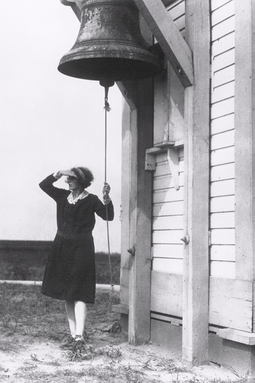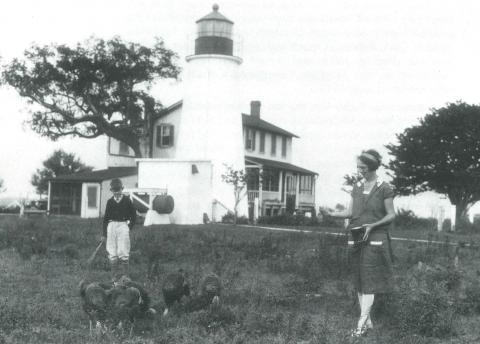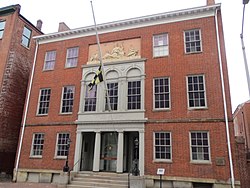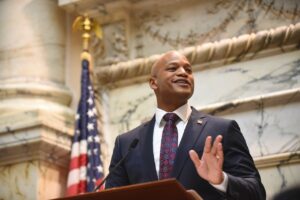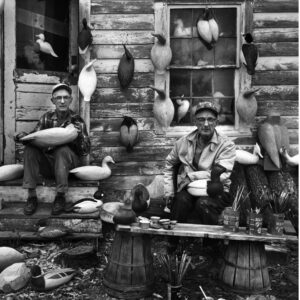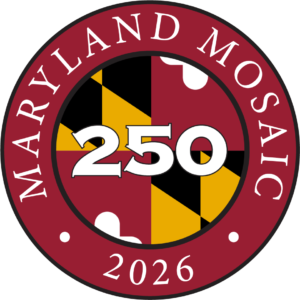Fannie May Salter (1882-1966) takes over the duties of the Turkey Point Point lighthouse keeper in 1925 upon her husband’s sudden death. She retires in 1947 as the last female lighthouse keeper in the country.
Born in Virginia, Fannie marries W.C. Salter in 1904. She serves with her husband at four lighthouses in Virginia before they move in 1922 to the Turkey Point Light in Cecil County, located at the end of a narrow peninsula overlooking the Chesapeake Bay and the Elk Neck River.
After her husband’s death, the U.S. Coast Guard refuses to give Salter the position as keeper. She contacts a U.S. senator who intervenes on her behalf with President Calvin Coolidge who authorizes official approval for the position in 1925.
Salter keeps the oil lamp lit and perfectly polished so it is visible for 13 miles. Once, during a thick fog, the fog bell mechanism fails and Fannie rings the bell manually four times a minute for over an hour so a steamer can navigate the channel to the nearby Chesapeake and Delaware Canal.
The Turkey Point Light is very isolated. Before good roads, the nearest town is Havre de Grace, 13 miles away by boat. Supplies are delivered once a week and hauled up the 100 foot cliff. Lighthouse families raise livestock and vegetables on the property.
During WWII, the light is electrified and Salter is issued a short wave radio so she could monitor the air waves for evidence of German U-boats off the coast. Salter retires in 1947, and the light is automated. She continues to live nearby so she can see the light.
